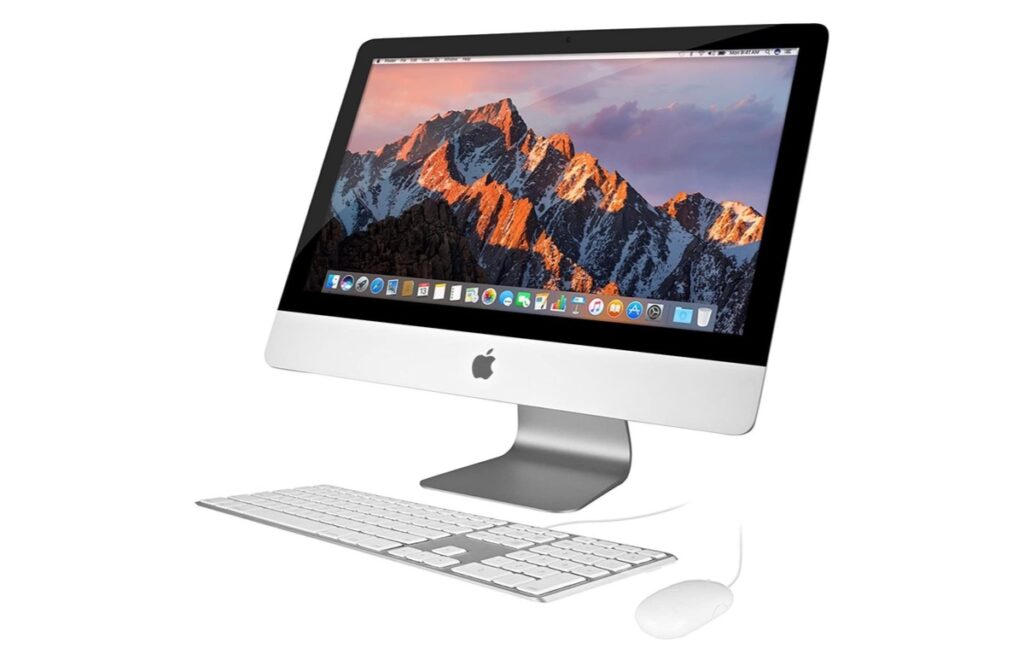- Microsoft Managed Desktop Service
- Desktop Computers With Microsoft Office
- Microsoft Desktop Services
- Microsoft Remote Desktop Services Web Access Control
Create a basic Remote Desktop Services (RDS) deployment. Remote Desktop Services (RDS) is the platform of choice to cost-effectively host Windows desktops and applications. This offering is designed to help you quickly create a RDS on IaaS deployment for testing and proof-of-concept purposes. Remote Desktop Services (RDS) is the platform of choice for building virtualization solutions for every end customer need, including delivering individual virtualized applications, providing secure mobile and remote desktop access, and providing end users the ability to run their applications and desktops from the cloud. Clarifies Microsoft licensing policies for Windows Server Remote Desktop Services (RDS) and Microsoft desktop applications for use with Windows Server RDS. Related Resources Product Terms site. Microsoft Stream—the video service in Microsoft 365—makes it easy to create, securely share, and interact, whether in a team or across your organization. Create and deliver video with high-quality playback and scale from your desktop, tablet or mobile. Professional services with Coldwell Banker. Remote Desktop Connection (RDC, also called Remote Desktop, formerly Microsoft Terminal Services Client, mstsc or tsclient) is the client application for RDS. It allows a user to remotely log into a networked computer running the terminal services server.
 -->
-->Remote Desktop Services (RDS) is the platform of choice for building virtualization solutions for every end customer need, including delivering individual virtualized applications, providing secure mobile and remote desktop access, and providing end users the ability to run their applications and desktops from the cloud.
RDS offers deployment flexibility, cost efficiency, and extensibility—all delivered through a variety of deployment options, including Windows Server 2016 for on-premises deployments, Microsoft Azure for cloud deployments, and a robust array of partner solutions.
Microsoft Managed Desktop Service
Depending on your environment and preferences, you can set up the RDS solution for session-based virtualization, as a virtual desktop infrastructure (VDI), or as a combination of the two:
- Session-based virtualization: Leverage the compute power of Windows Server to provide a cost-effective multi-session environment to drive your users' everyday workloads.
- VDI: Leverage Windows client to provide the high performance, app compatibility, and familiarity that your users have come to expect of their Windows desktop experience.
Within these virtualization environments, you have additional flexibility in what you publish to your users:
- Desktops: Give your users a full desktop experience with a variety of applications that you install and manage. Ideal for users that rely on these computers as their primary workstations or that are coming from thin clients, such as with MultiPoint Services.
- RemoteApps: Specify individual applications that are hosted/run on the virtualized machine but appear as if they're running on the user's desktop like local applications. The apps have their own taskbar entry and can be resized and moved across monitors. Ideal for deploying and managing key applications in the secure, remote environment while allowing users to work from and customize their own desktops.
Desktop Computers With Microsoft Office
For environments where cost-effectiveness is crucial and you want to extend the benefits of deploying full desktops in a session-based virtualization environment, you can use MultiPoint Services to deliver the best value.
With these options and configurations, you have the flexibility to deploy the desktops and applications your users need in a remote, secure, and cost-effective fashion.
Microsoft Desktop Services
Next steps
Microsoft Remote Desktop Services Web Access Control
Here are some next steps to help you get a better understanding of RDS and even start deploying your own environment:
- Understand the supported configurations for RDS with the various Windows and Windows Server versions
- Plan and design an RDS environment to accommodate various requirements, such as high availability and multi-factor authentication.
- Review the Remote Desktop Services architecture models that work best for your desired environment.
- Start to deploy your RDS environment with ARM and Azure Marketplace.

